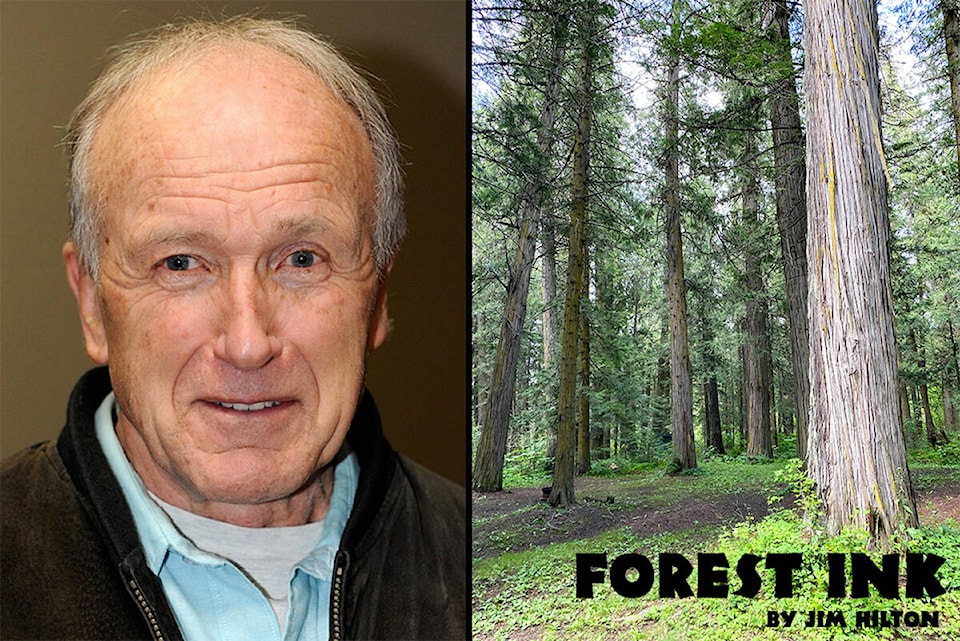Root rots in forest stands can cause significant losses and federal research has shown that in good market years and on some of the best stands it pays to remove potential infections (tree stumps) which will reduce rot in the new stands.
Not all wood rot is bad since the brown rot fungus helps return the wood left on the site following logging back into the soil. Fungi along with a wide variety of organisms help recycle the residual wood that would eventually build up and inhibit the growth of a new forest.
As the research accumulates it appears that the benefits of mushrooms far outweighs the negatives like root rots. A new book Entangled Life by Merlin Sheldrake describes benefits in some of the strangest places.
He gets our attention with some of the following comments on the jacket of the book. “A mind-bending journey into a hidden world that will change your understanding of life on earth. Most fungi live out of sight yet make up a massively diverse kingdom of organisms that support and sustain nearly all living systems.”
As humans continue to modify the planet in negative ways many scientists are discovering ways to use the wide variety of fungi to correct our blunders. For example in Mexico, a strain of fungus is able to turn child’s diapers into a useful soil additive rather that throwing them into the landfill and another fungus was able to do the same with cigarette buts which previously had been a persistent waste because they contain a variety of toxic chemicals.
The book also describes the mycorrhizal and tree root symbiosis as was discussed in a previous book by Suzanne Simard. According to Sheldrake more than 90 percent of plants depend on this cooperation and for millions of years mycorrhizal gathered nutrients before plants developed their own root systems.
Even today when new areas resulting from retreating glaciers or volcanic islands, lichens (a union of fungi and algae or bacteria) are one of the first to establish and then make the soil easier for other plants to establish.
Fungi have a variety of enzymes and acids that they use to breakdown some of the most stubborn substances on our planet, including lignin in wood, rock, crude oil, polyurethane plastics and even nuclear waste. Chernobyl has many fungi that tolerate and even grow toward the hot spots because they seem to be able to harness radiation as a source of energy like plants use the energy of sunlight.
It is the ability to survive in very inhospitable environments that lichens have been sent into outer space and spent time on the space station to see how they respond.
Merlin Sheldrake describes many other aspects of fungi under headings like living labyrinths, mycellial minds and radical mycology which summarize and update the latest research findings covered in other mushroom books on the market, so if you want one source that covers many other publications I suggest you consider Entangled Life.
Do you have a comment about this story? email:
editor@wltribune.com
Like us on Facebook and follow us on Twitter.
